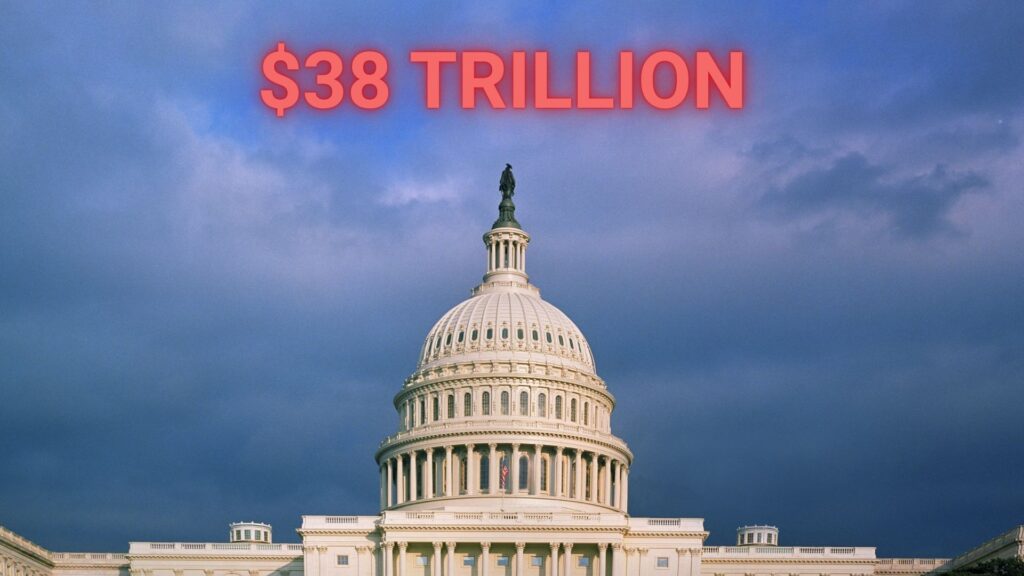Guest Columnist JC Bowman
The staggering increase in the U.S. federal debt, from a modest $380 billion in 1925 to an astonishing $37.64 trillion in 2025, is more than just a number: it reflects serious challenges to the future of the U.S. economy. As we teeter on the brink of reaching an alarming $38 trillion, it is becoming increasingly clear that this relentless accumulation of debt is not just a fiscal statistic. It threatens the very fabric of our economy.
The Joint Economic Committee revealed some startling facts. The national debt has increased at a rate of approximately $69,714 every second over the past year. This relentless increase is not simply the result of historical patterns. It’s a symptom of serious problems in federal budgeting practices. For example, debt has increased by $1 trillion in just over two months. This acceleration is reminiscent of the extraordinary fiscal response caused by the pandemic, although this time there was no urgent need for emergency measures. Several important factors contribute to this unsustainable trajectory.
– Deficit spending: The federal government consistently runs deficits every year, and this practice has become all too common. This chronic overspending directly increases the national debt, creating a vicious cycle that is difficult to break out of.
– Increased interest costs: As debt increases, interest payments also increase. Michael Peterson, president and CEO of the Peter G. Peterson Foundation, points out that interest costs are now the fastest growing part of the federal budget. Over the past decade, the United States has spent $4 trillion on interest, and projections suggest that this number could balloon to $14 trillion over the next decade. This trend not only strains federal finances, it also siphons resources that could be invested in critical areas like infrastructure and education.

The effects of this soaring debt are dire.
– Investment crowding out: When governments allocate more resources to paying interest on debt, there is less money available for public and private investment. This shift could lead to lower productivity and stagnant wages, as businesses face higher borrowing costs and less capital for growth.
– Increasing economic burden: Experts warn that the current fiscal path is unsustainable. Risk is not just theoretical. That could manifest as a slowing of the economy, fewer job opportunities, and a lower standard of living for ordinary Americans.
Peterson sums up the situation aptly. “Adding trillions and trillions in debt and budgeting in response to a crisis is not the way a great country like America should run its finances.” It is imperative that lawmakers recognize the urgency of the situation and commit to responsible fiscal reform. These reforms could include comprehensive budgeting practices, targeted spending cuts, and a reassessment of tax policies that promote economic stability without exacerbating the debt crisis.
The rising national debt is more than just a number on a balance sheet. It is a vitally important issue that affects all Americans. As the U.S. debt approaches $38 trillion, now is the time to act decisively.
By prioritizing fiscal responsibility, we can ensure a stronger future for America’s economy for generations to come. Our K-12 education lacks important economic principles and leaves students unprepared to understand personal finance and economics. Microeconomics teaches supply and demand, while macroeconomics deals with inflation and fiscal policy. Investing in economic education is essential to preparing future generations to thrive in a complex economy.
https://tristardaily.com/ How will we respond to this challenge as a nation? The time has come for our nation’s leaders to act decisively and prioritize long-term economic health over short-term political gain.
JC Bowman is executive director of Professional Educators of Tennessee and contributing editor of TriStar Daily.


